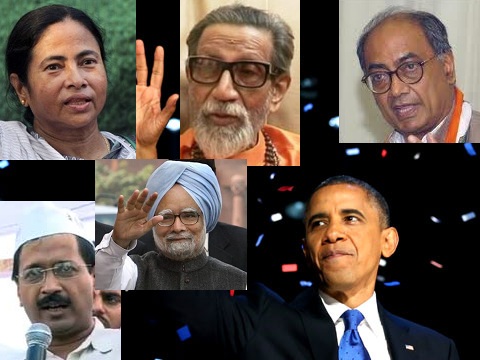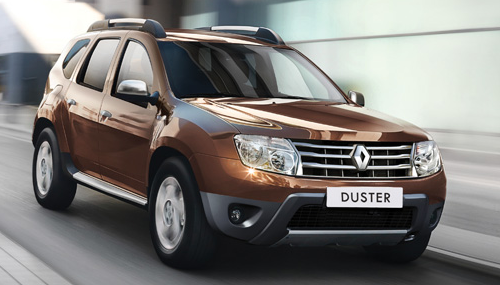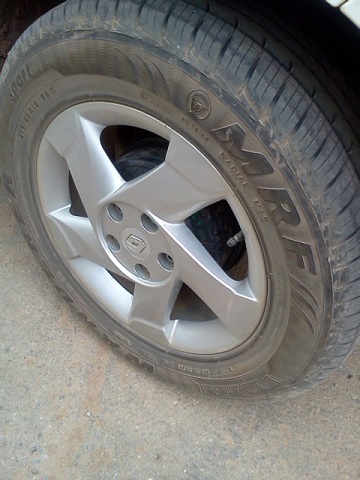Telegram will soon be history in India! In fact, practically it was already dead with the likes of telephones, fax machines, mobile phones and e-mail services gradually taking over its place across the past three decades or so. As a matter of fact, I was really surprised when I read the news today that the public sector giant, BSNL (Bharat Sanchar Nigam Ltd), still operates this service though only about 5000 telegrams are being sent every day – down from million in the past. To be frank, I had really forgotten about the existence of Telegram and hence when they announced the decision to discontinue the Telegram service in India by July 15th, 2013, I was like ‘Who cares?’. But then, I started to recall a few good old memories from my childhood days where the Telegram service played a significant role in our lives – though not on a daily basis. It was indeed, ‘the fastest and affordable one-way messaging service’ at some point of time in the history after making its debut in the British in the middle of the 19th century.
Telegram in our lives!
Having brought up in a village background, I definitely have a couple of childhood memories to share about telegrams. I am talking about late-seventies to early eighties when I studied in our government primary school which was very near to the village’s own post office. This post office (Dak aur Tar Ghar which later became Dak Ghar alone) was a very old building that leaked during the monsoon rains and it hosted two staff members – A postman and a post master. My first memories about the telegraph equipment are from this Post office where our post master was always busy punching into it. And this mystery equipment produced random ‘tic-tac’ sound that was kind of nice to listen to. The only other sound from that building was his colleague slamming the heavy brass seal on all those letters to be delivered during the day. I clearly remember that both of them chewed Paan throughout the day. The postman’s face is still in my memories though I am unable to recall the face of the post master – the superman – who handled the telegraph.
Most of us – the school going lot – would invariably stop by the post office just to watch and listen to the proceedings inside by standing near a rusted window that doubled as the stamp & envelope vending counter.
Telegram = Either GOOD or mostly BAD news
During that ‘ancient era of telecommunication’, the normal mode of messaging was writing a letter that would take several days to reach the recipient. The senders can procure a ‘kavar’ (Stamped envelope) or an ‘illant’ (Inland Letter Card) from the post office to write and send their letter or snail mails as they are called today. These mails usually included kilometers of writing that oozed affection and everything that had to be conveyed between two loved ones or families since their last communication.
A telegram on the other hand had the purpose of ‘quickly’ communicating a few words across to your people who are staying away in another place – in a different district or state. Unfortunately, this mechanism was used mainly to inform about the events of death (which was probably the only urgent matter then?) in the family and hence the arrival of a telegram was always looked at as a dreaded thing – invariably someone at home would faint as soon as a telegram arrived – even before its content is read out. This aspect of the telegram has been depicted in comedy scenes of many Indian movies and if I remember correctly these important telegrams were sometimes delivered even after regular office hours.
Telegrams always conveyed concise and direct message when used for happy purposes such as wishing people on their achievements, marriage, wedding anniversary etc or even to communicate job offers by companies where there wasn’t much time left to report. However, when used for conveying the death of a loved one, it always contained diplomatic words such as ‘serious’ or ‘unwell’. So if someone gets a telegram that read ‘Grandfather serious, Start immediately’, it usually means that grandfather has already expired. And the neighbors of the deceased could always predict the arrival of someone who received the telegram when a spike of scream originates from the particular house – this can sporadically happen a few days after the death as and when the telegram recipients arrive one by one.
My experience with Telegrams
During my middle to high school days, I used to go to the post office to send ‘grams’ on my father’s behalf. Most of the time, the purpose was to congratulate or wish some of the newlyweds in his circle – typically his past colleagues from his transferable job postings. It was an easy task for me as he would have mentioned the greeting code to pick from the published list, fill it in a small form along with recipient’s address. Sending a digit code that finally translated to a one-sentence message was something that amazed me then. And, my father always used to pick his favorite greeting code that translated to ‘May Heaven’s Choicest Blessings be showered on the young couple’. As a matter of fact, his diary (and most printed diaries then) had these telegram codes printed, on their annexure pages, which was later replaced by STD codes of cities. And I do not even know what occupies that place now!
As I grew, I understood that it was Morse code that does the trick of transmitting these coded messages. When I was in 9th or 10th, a couple of us together built our first telegraph equipment prototype for a science exhibition – Telegraph really played its part in the life of millions of Indians from our generation and a couple of generations before ours as well.
And today, just like many other things from the past, the telegraph is going to be part of history books alone.
RIP Telegraph!





 I have been longing for an affordable 5-seater SUV in India for a long time. The likes of Honda CRV – and even Skoda Yeti for that matter – is out of my reach while stuff like Mahindra Thar (though not exactly a five seater) are more for adventurous stags or Army people. I got really excited when Renault launched their mini SUV the Renault Duster in India (Dacia Duster in Europe) and I actually test drove it last evening in Bangalore. Now, is it worth all that excitement and hype? Let us find out.
I have been longing for an affordable 5-seater SUV in India for a long time. The likes of Honda CRV – and even Skoda Yeti for that matter – is out of my reach while stuff like Mahindra Thar (though not exactly a five seater) are more for adventurous stags or Army people. I got really excited when Renault launched their mini SUV the Renault Duster in India (Dacia Duster in Europe) and I actually test drove it last evening in Bangalore. Now, is it worth all that excitement and hype? Let us find out.


